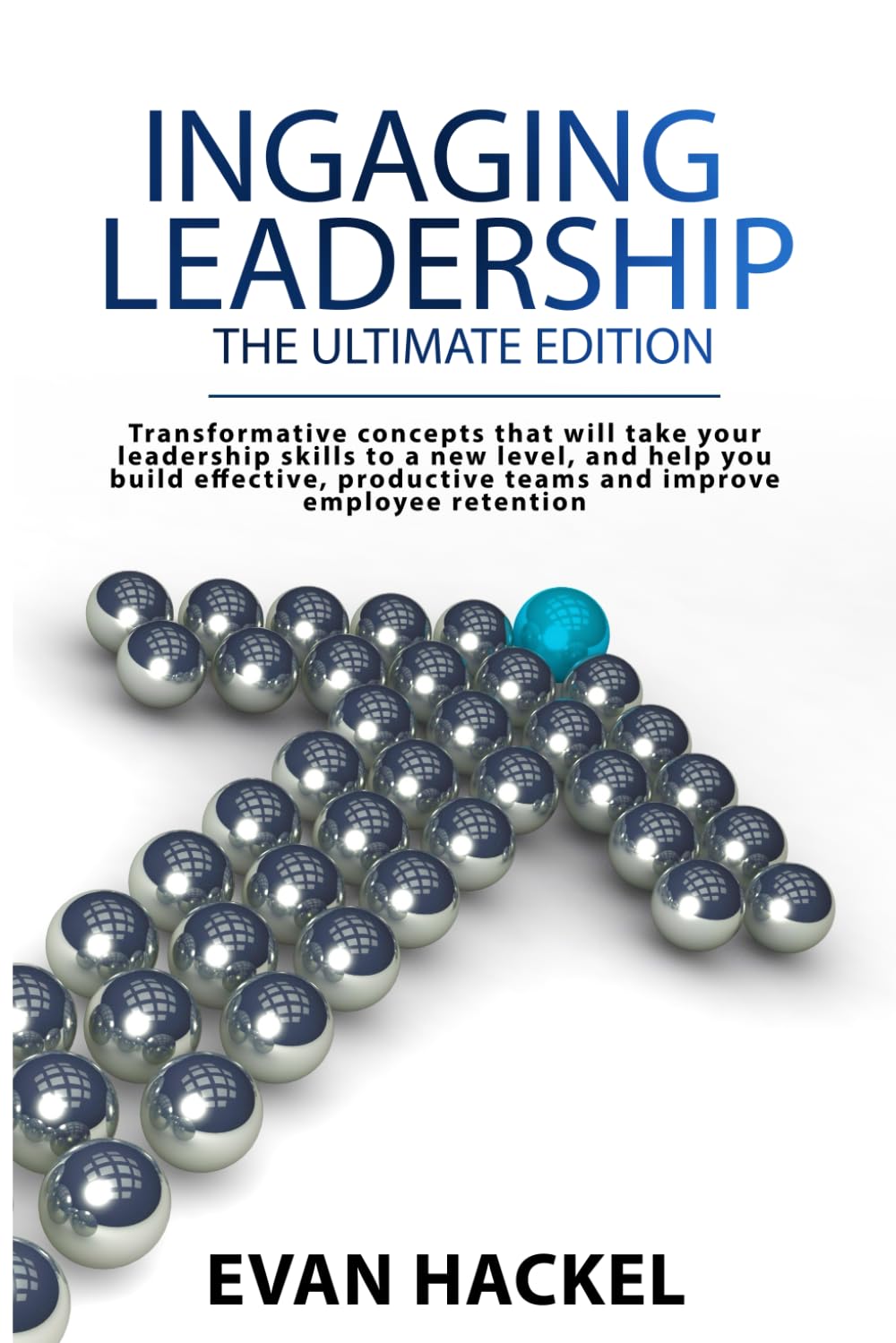Business Growth
Navigating the Tightrope of Expansion
Embarking on the business growth journey can be akin to the exhilarating thrill of walking a tightrope across a deep crevasse.
And there’s no safety net, just the breeze, birds chirping, and heartbeat pounding in your chest and inner ears. There’s the anticipation, the joy of balancing on first steps, slowly advancing while praying balance remains, and the heart-dropping realization of the challenges ahead. For many business leaders, this process is both an aspiration and an apprehension.
The Universal Pursuit of Growth
The aspiration is clear. Growth signifies vitality, the potential for even grander success, and the confidence of stakeholders. Financially speaking, growth often leads to increased revenues, expanding market share, and the opportunity to tap into new markets or customer segments. From an investor’s perspective, a growing company represents a potential return on investment, making it an attractive venture.
However, the non-financial dimensions of growth are equally, if not more, significant.
Growth can lead to greater influence within an industry, the ability to attract top-tier talent, and the chance to shape market trends rather than react to them.
The Challenges that Come with Expansion
And yet, for all its allure, growth isn’t without its pitfalls. Financially, while revenues might increase, there’s often an initial strain on cash flow. Growth requires capital – for marketing, infrastructure, and perhaps increased personnel. There’s a delicate balance between spending to foster growth and ensuring that the company doesn’t overextend itself.
Then there’s the non-financial dimension: organizational culture. A company that expands too quickly might struggle to maintain its core values, leading to a diluted company culture. This could, in turn, affect employee morale, loyalty, and productivity. Similarly, rapid growth can strain existing systems and processes, leading to inefficiencies or declining product or service quality.
Why is Managing this Fight for Supremacy Essential?
Now, you might wonder, why even bother with growth if it’s fraught with such complexities? Here’s the short and funny answer: because standing still in the business world is equivalent to going backward. The ‘Why’ behind navigating this is simple yet profound. While growth is challenging, stagnation is often lethal in today’s rapidly evolving marketplace. Businesses that don’t grow risk becoming obsolete, overtaken by more innovative and ambitious competitors.
Strategies for Successful Growth Management
So, how does one navigate this tightrope? Here are some prompts to consider:
- Plan Financially: Always have a clear financial roadmap. Know where your funds are coming from and how they will be allocated, and always keep a close eye on cash flow.
- Preserve Company Culture: Regularly revisit and reinforce your company’s core values as you grow. Engage employees in this process to ensure buy-in and understanding.
- Invest in Systems and Processes: Ensure your systems can handle increased demand. This may involve investing in new technology or refining existing processes.
- Continual Learning: The business landscape is ever-evolving. Stay updated with market trends, continually educate your team, and be ready to pivot when necessary.
While the Catch-22 of business growth presents both opportunities and challenges, with careful planning, a clear understanding of the ‘Why,’ and a commitment to preserving the essence of the company, business leaders can successfully navigate the tightrope of expansion.
The Financial Paradox of Business Growth: Understanding and Overcoming the Tightrope of Expansion
Business growth, like a fine wine, is an acquired taste. It brings a nuanced blend of exhilaration and challenge, especially in the financial realm. As we dive deeper into the financial intricacies of business expansion, understanding the core components of this paradox can arm entrepreneurs and business leaders with the tools and knowledge they need to navigate the uncertain waters of growth successfully.
Upfront Costs vs. Delayed Returns: The Risk-Reward Tug of War
At the heart of any business growth plan is a foundational truth: you must spend money to make money. This adage, while simple, holds profound implications:
- Immediate Expenditures – Investing in cutting-edge technology, expanding your team, enhancing marketing campaigns, or diving into research and development demands immediate financial commitment.
- The Uncertainty of Returns – The crux of the issue is that while you can predict and strategize, there’s no guaranteed outcome. The returns on these investments, both in terms of financial gain and strategic positioning, can be unpredictable. Moreover, even when returns are forthcoming, they often don’t materialize overnight. This delay can test the patience and resilience of even the most seasoned business leaders.
Liquidity Crunch: The Double-Edged Sword of Growth
An ironic situation can emerge as a business begins to see the fruits of its labor and starts to grow. Success, instead of filling the coffers, can often strain them:
- Working Capital Woes – Expansion usually means increasing inventory, possibly offering longer payment terms to attract more prominent clients, and bringing in new team members. While these moves are essential for growth, they tie up funds, sometimes leading to a situation where the business is doing well on paper but struggling with day-to-day finances.
- The Importance of Cash Flow Management – Remember that revenue is vanity, profit is sanity, and cash flow is reality. Ensuring a consistent and healthy cash flow becomes paramount. This might mean seeking external financing, renegotiating terms with suppliers, or even re-evaluating business models.
Scalability and Efficiency: Outgrowing Old Shoes
There’s a charming simplicity to running a smaller business. Processes are lean, systems are straightforward, and operations are often hands-on. However, as a company grows:
- The Need for Scalability – Old systems that once served the business well may become bottlenecks. Manual processes that were manageable with a smaller client base or product range can become unwieldy and inefficient. At this juncture, the company must invest in scalable systems, even if it means an upfront cost. This is a crucial step to ensure sustainable growth.
- The Transition Phase – Adopting new systems or processes is not just about the financial investment. It also requires time and involves a learning curve for the team. Efficiency might dip temporarily as everyone adjusts, but the long-term gains in productivity and capacity often justify the initial hiccups.
The financial paradox of business growth is like a culinary recipe. It requires patience, strategy, and a dash of risk-taking. But businesses can savor the rewarding taste of sustainable success by understanding and addressing each ingredient of this financial recipe.
The Psychological and Temporal Dynamics of Business Growth
The business growth journey is not solely a venture of numbers and strategies; it deeply intertwines with the psyche of its leaders and the essence of time. The emotional rollercoaster and the ticking clock both play pivotal roles in shaping a company’s trajectory. Let’s delve into these less-discussed yet profoundly impactful dimensions.
The Psychological Dimension
- Risk Tolerance and Decision-making: The Mental Marathon – As businesses expand, the stakes increase. Every choice, whether entering a new market, launching a product, or partnering with another firm, reflects the leader’s risk tolerance. Making these decisions in the face of uncertainty can be mentally taxing.
-
Mental Stamina and Resilience – The mental wear and tear and the fear of making a wrong move require formidable mental stamina. It’s not just about making the right decisions but also about bouncing back from the wrong ones. Building resilience, seeking mentorship, and even professional counseling can be valuable tools for leaders navigating this terrain.
-
-
- The Balancing Act – Every act (or decision) has scene-stealing moments in the theater of business. Investing in one growth avenue often means sidelining another. The inherent challenge here is not just about choosing the right path but also pondering what’s being left behind.
-
-
- The Early Bird’s Dilemma – Being a pioneer can be both a boon and a bane. Entering a market too early can mean the audience isn’t ready, requiring extensive efforts in education and persuasion. On the upside, it offers the chance to shape and define the market.The Latecomer’s Challenge – Arriving late to the party might mean facing established players with deep roots. However, it also allows them to learn from their mistakes and offer something fresh and improved.The Ripple Effect – Recognizing that growth decisions are not isolated events is essential. The choice to pursue one opportunity over another can set off a chain of events, impacting the company’s future trajectory.The Early Bird’s Dilemma – Being a pioneer can be both a boon and a bane. Entering a market too early can mean the audience isn’t ready, requiring extensive efforts in education and persuasion. On the upside, it offers the chance to shape and define the market.The Latecomer’s Challenge – Arriving late to the party might mean facing established players with deep roots. However, it also allows them to learn from their mistakes and offer something fresh and improved.
Organizational Culture: From Family to Formality
• The Evolving Identity – Picture a close-knit family dinner transforming into a grand banquet. The warmth and familiarity remain, but there’s an undeniable dynamic change. Similarly, as a company grows, a startup’s close, familial atmosphere can transition into a more layered and formal structure.
• Preserving the Core – While some evolution is natural and even necessary for operational efficiency, it’s crucial to maintain the core values and ethos that defined the company’s early days. Leaders must find innovative ways to keep the original spirit alive, even as they adapt to the demands of a larger organization.
The Time Factor
1. Opportunity Cost: The Roads Not Taken
- The Balancing Act – Every act (or decision) has scene-stealing moments in the theater of business. Investing in one growth avenue often means sidelining another. The inherent challenge here is not just about choosing the right path but also pondering what’s being left behind.
- The Ripple Effect – Recognizing that growth decisions are not isolated events is essential. The choice to pursue one opportunity over another can set off a chain of events, impacting the company’s future trajectory.
Market Timing: The Delicate Dance
In summary, while the tangible aspects of business growth, like finance and strategy, are undeniably crucial, the intangible dimensions – the psychological pressures and the nuances of timing – often determine a company’s success. Recognizing, respecting, and navigating these factors can make the difference between merely growing and thriving.










